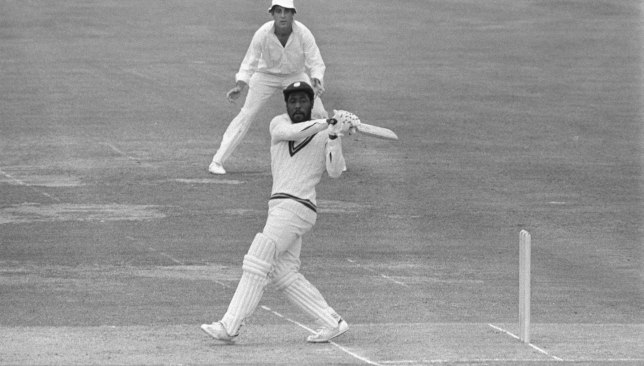
It is fair to say that the T20 format has revolutionised cricket in more ways than one since it was introduced by the England and Wales Cricket Board (ECB) in 2003.
The high-octane and fast paced nature of the 20-over format makes it the complete package for cricket boards and broadcasters alike, to entertain fans in the stadium and homes.
Over the years since T20 cricket’s arrival, players like Chris Gayle, Rohit Sharma, Brendon McCullum and Lasith Malinga have dazzled with their performances in the format. While technically correct batsmen such as Virat Kohli have more than held their own in T20s, it is clearly a format for the adventurous and dynamic players.
It is a format which rewards players who are skilful first and foremost, be it with the bat or ball in hand. Inventive stroke-play and the ability to clear the ropes at will are just some of the qualities of batsmen who have enjoyed massive success in the format. Meanwhile, bowlers with a vast array of variations in their arsenal and an ability to hold their nerve in the death are the ones who have had better luck with the ball.
While we already have established superstars of T20 cricket now, the format has evaded the career spans of many former players. In fact, several of the yesteryear cricket stars would have been the ideal fit for T20 cricket given the manner in which they approached the ODI and Test formats.
Here, we look at eight such former cricketers who would have been a big hit in the T20 format.
VIV RICHARDS (WEST INDIES)
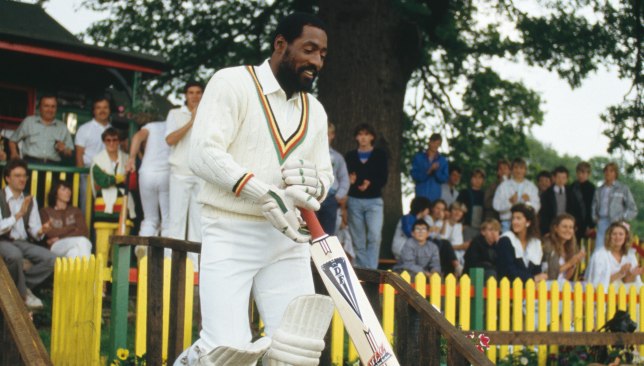
It was always said that Sir Vivian Richards was a man far ahead of his time, for the way in which he effortlessly dismantled bowling attacks. If there was a player who was the archetype of a T20 cricketer, then it was the ‘King’ from Antigua.
In an era where batting strike-rates ranged between 60 and 75 for most batsmen, Richards was an anomaly with a strike-rate of more than 90. What separated the West Indies icon from his contemporaries was his ability to hit across the line with complete mastery. Entertainment was guaranteed whenever Richards strode on to the crease with his customary swagger, albeit not so much for the bowlers.
There have been batsmen who have since gone on to register more ODI runs and centuries than Richards, but the Windies man remains a permanent fixture in the debate for the greatest player of all time.
There was barely anything Richards couldn’t do on a cricket ground, with the former player’s ability to bowl spin and medium pace while being a supremely gifted and athletic fielder making him the complete cricketer. Had Richards played in this era, he would surely have earned millions in the various T20 franchise leagues around the world.
ZAHEER ABBAS (PAKISTAN)

Zaheer Abbas’ appetite for runs earned him the nickname of the ‘Asian Bradman’, though it was his attacking approach with the bat that really set him apart.
The Pakistan legend was as elegant and stylish as they come with the bat, and he could play some delightful strokes across the park when on song. With an ability to pierce the field at will, Abbas revelled in scoring most of his runs in the form of boundaries.
He was aggressive in the Test format, and even more so in ODI cricket. In the 50-over format, the right-hander scored his runs at a strike-rate of nearly 85. Among the batsmen of his era, only Richards, Kapil Dev and compatriot Saleem Malik scored runs at a quicker rate than Abbas.
A 72-ball century against India and a 76-ball ton against Sri Lanka are just some instances when the Pakistan man completely tore into the opposition bowling attacks. Without a doubt, he would have thrived in modern ODI and T20 cricket with the flatter pitches and increased fielding restrictions in the powerplay.
KAPIL DEV (INDIA)
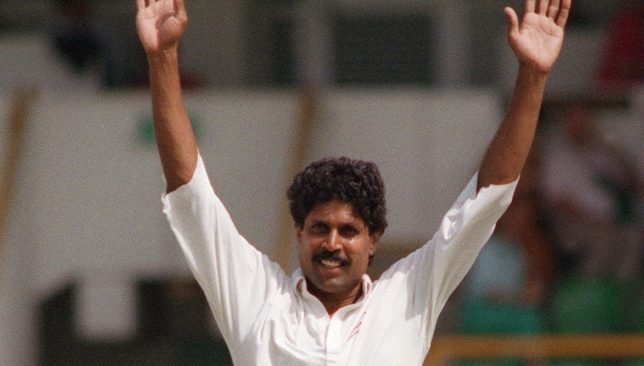
It has been decades since his retirement and India are still struggling to replace the all-round abilities of Kapil Dev. The man who led India to their maiden World Cup title at Lord’s in 1983, Dev was an all-rounder brimming with excellence in both the Test and ODI formats.
A clean hitter who loved to smash the ball to all parts of the ground, the India ace is often accused of underachieving with the bat in the hand. A batting average of nearly 24 does not really do justice to Dev’s talents, though a strike-rate of more than 95 is a better indicator of his prowess.
A man who lived and died by the sword with his often cavalier batting approach, the Chandigarh man was a force to be reckoned with. His sole ODI ton was the first-ever in the format to be registered by an Indian, and it is still considered as one of the greatest innings of all time. It came in the 1983 World Cup at Zimbabwe, with India in danger of being eliminated after being reduced to 78-7.
Dev changed the course of that game with an unbeaten 175 off just 138 deliveries, and the rest is history. With nearly 700 international wickets with the ball, the Indian would have walked into any present T20 outfit.
IAN BOTHAM (ENGLAND)
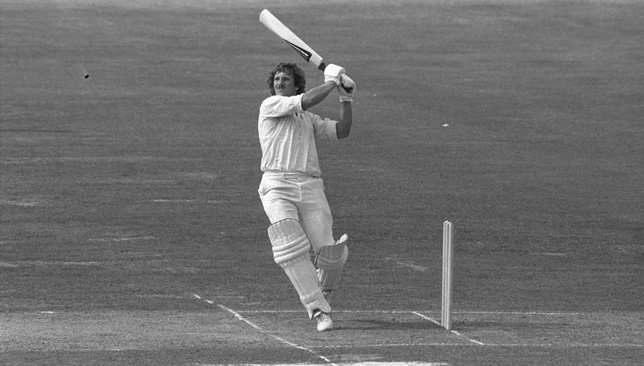
England are lucky to have an elite all-rounder in the form of Ben Stokes, with the Durham man showcasing an ability to change the game on his own on multiple occasions. For a long time though, it was Ian Botham who performed this difficult role for England with great distinction.
In a career which touched unprecedented heights while also dipping to dismal depths, Botham generated a sense of excitement like no other among cricket fans. His broad shoulders and powerful forearms were capable of causing plenty of destruction with the bat in hand, while his useful medium pace could undo the best of batsmen.
Few cricketers have been as revered as ‘Beefy’ who could drag England to victory single-handedly on his day. Although he never registered an ODI century, Botham’s brisk style of run-scoring would have ensured that he thrived in the T20 era. Utility cricketers are a valuable asset in the shortest format, and Botham could dominate the opposition with either bat or ball when in the mood.
RICHARD HADLEE (NEW ZEALAND)
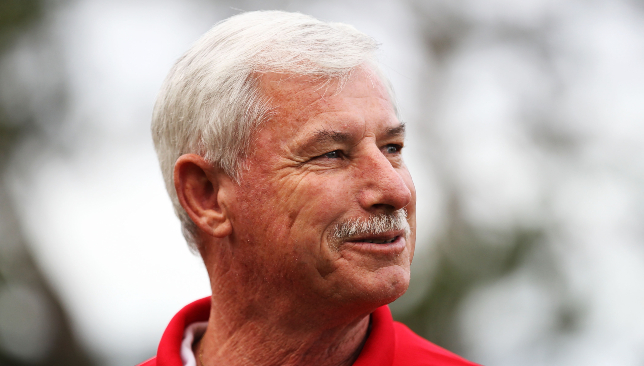
Built in the same mould as Dev and Botham was former New Zealand talisman Richard Hadlee. A man who will be counted among the greatest Test pacers of all time, it was Hadlee’s ability to also do damage with the bat that elevated his greatness.
The first bowler in history to breach the 400-wickets barrier in Tests, Hadlee was single-handedly winning games with the ball for New Zealand. Under-rated, though, was his batting ability while coming in at No8 for the Blackcaps. A hard-hitting left-handed batsman who loved to play on the front-foot, Hadlee had many memorable Test innings including a superb unbeaten 151 against Sri Lanka at Colombo.
Players like Hadlee, Dev and Botham are a rare breed in cricket and not many current stars have been able to live up to their lofty standards. Unlike Dev and Botham, Hadlee could unsettle batsmen with sheer pace alone while also extracting some uncomfortable bounce.
IMRAN KHAN (PAKISTAN)
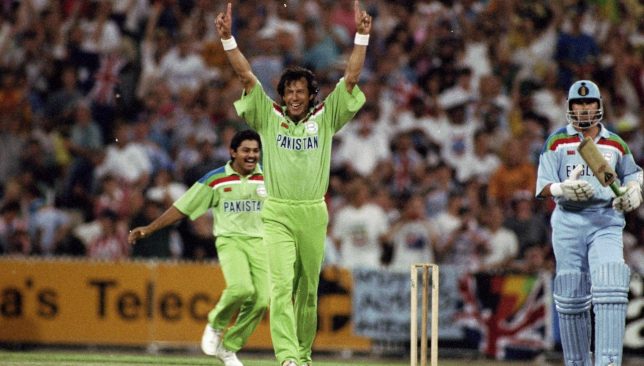
Completing the hallowed quartet of all-rounders along with Hadlee, Dev and Botham is a man who is now the Prime Minister of Pakistan. As a player, Imran Khan was a match-winner of the highest pedigree. As a captain, he was talismanic and a leader who could inspire his troops into battle through the sheer aura of his personality.
But above all, Khan was an all-rounder of enviable talent. As a fast bowler of the highest quality who specialised in reverse swing, Khan was the perfect mentor for the then young duo of Wasim Akram and Waqar Younis. His batting abilities often get ignored, but he would have walked into the Pakistan team as a specialist batsman alone.
He had everything one would want in a T20 cricketer, with his leadership qualities an added bonus. His reverse-swinging yorkers would make him a handy asset for the death overs, while his ability to shore up the middle-order will be invaluable.
DENNIS LILLEE (AUSTRALIA)
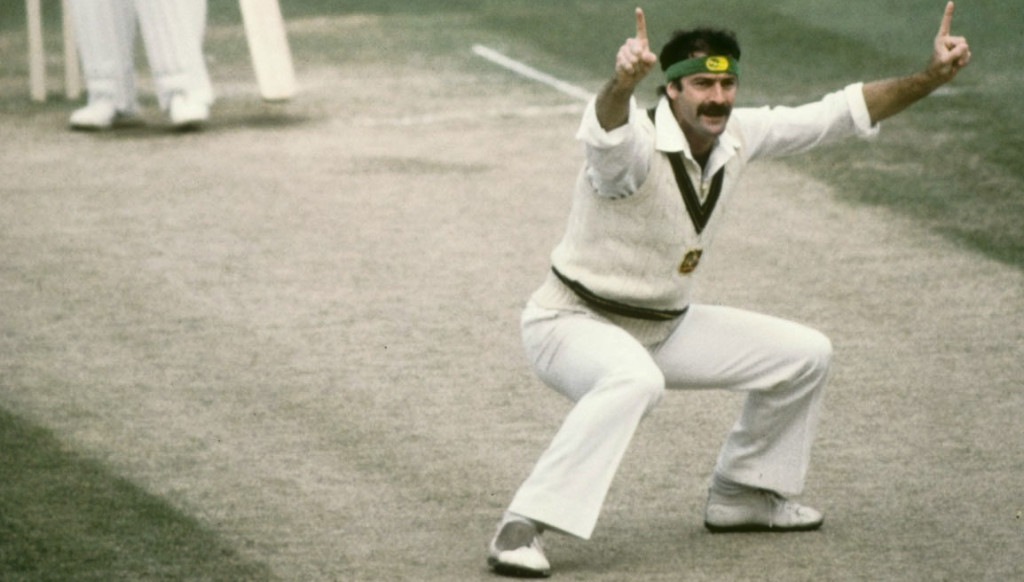
Hailed as the complete bowler in his heydays, Dennis Lillee would have made for an exciting addition to the T20 era. A showman who could get the crowd behind him and a supreme athlete, Lillee had every tool required for a fast bowler to succeed in T20 cricket.
The Australian had devastating pace when he was a new entrant in international cricket, but he also showed his ability to adapt his game after a serious injury. In the latter half of his career, Lillee compensated for the loss in pace with an intelligent style of bowling which relied on lines, lengths and clever change of speeds.
The Aussie’s accuracy was one of his hallmarks and he could target the stumps all day. A tireless workhorse who always came up with important breakthroughs, Lillee had all the makings of a modern great.
LANCE KLUSENER (SOUTH AFRICA)
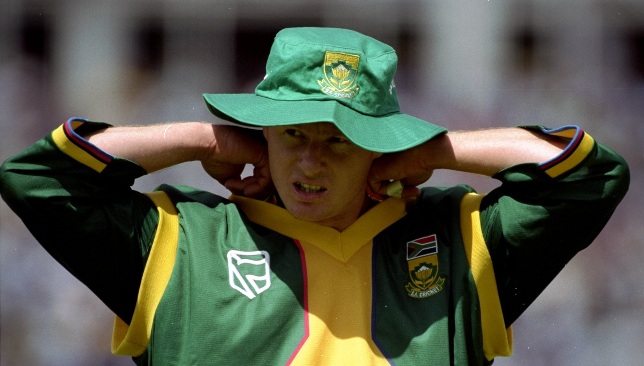
The South African did play a total of 53 T20 matches before calling time on his career, though he was clearly on the decline before trying his hand at the 20-over format. At his peak, Klusener was one of the most exciting all-rounders in the business and his performances in the 1999 World Cup were proof of his ability to deliver on the big stage.
As an enterprising batsman who could muscle a cricket ball to all parts of the ground, Klusener thrived in his role down the order for the Proteas. As a bowler, he was a skilful customer who adapted his game over the years. He was initially a medium pacer, before later transitioning into a combination of off-spin bowled at pace with a short run-up.
With his ability to clear the ropes and provide four overs with the ball, a Klusener at his peak would have drawn plenty of interest from the T20 franchise leagues around the world.